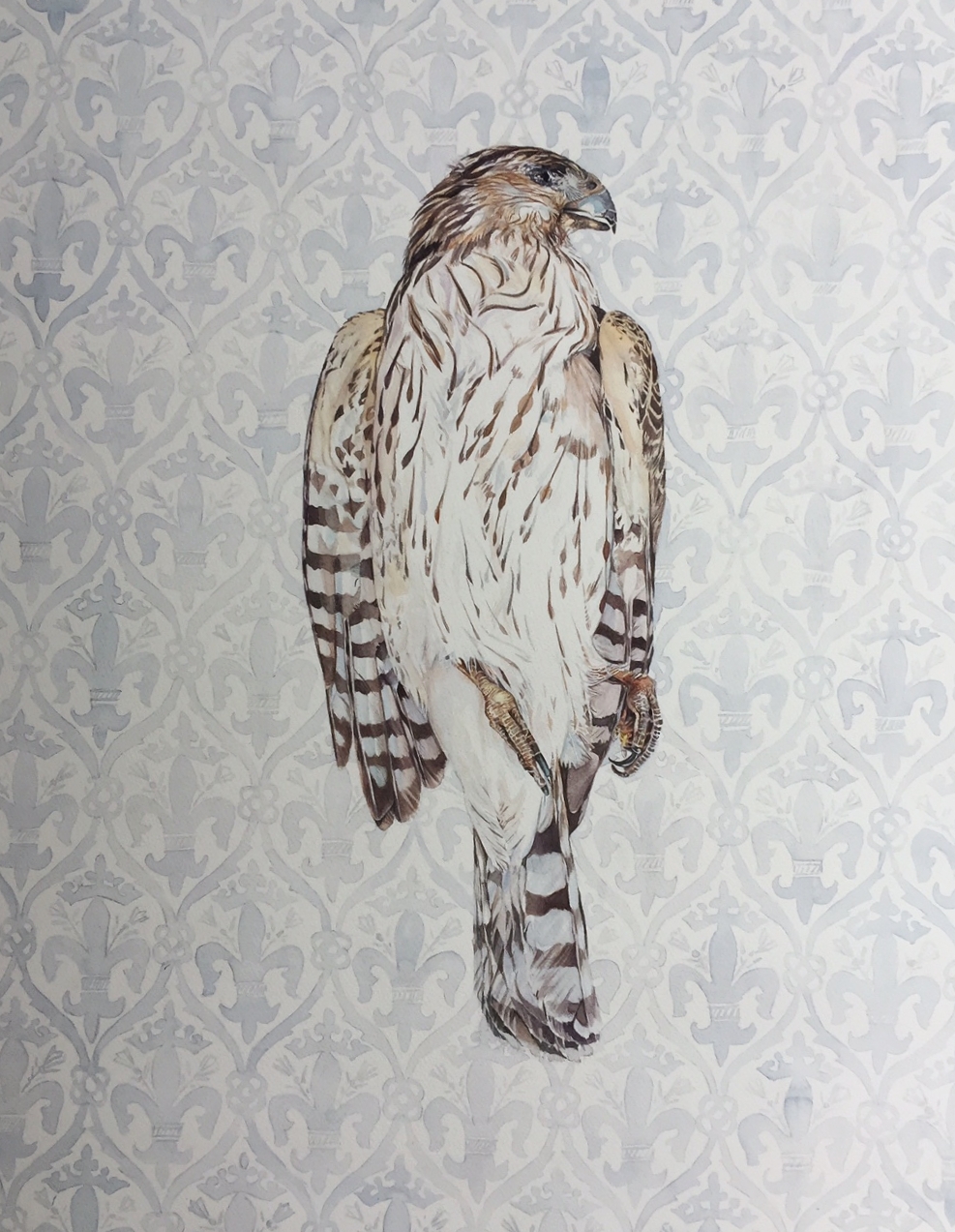Five years ago, a yellow shafted northern flicker flew against the reflection of a building. I studied its markings and painted the macabre.
Most people know the check in one’s spirit that occurs upon finding a bird bereft of life. It isn’t quite right to see something which should be inflight asleep.
In a time before cameras, Audubon shot and killed the birds he painted and studied. And now those deaths on paper are coveted collections. Audubon himself took no pleasure in these killings and said, "The moment a bird was dead, no matter how beautiful it had been in life, the pleasure of possession became blunted for me." (Ornithological Biography, Volume 1)
Death is not foreign to me. I have known it as a reality. Life holds sorrows that sometimes come too early. And they shape us. Truly each encounter is significant and holds meaning. These experiences have taught me that death and grief are not an end but rather a tender step forward.
Through these fallen wings, I observe, learn and am able to speak.
P.S. Bird strikes are a very real issue impacting our planet’s bird population.














